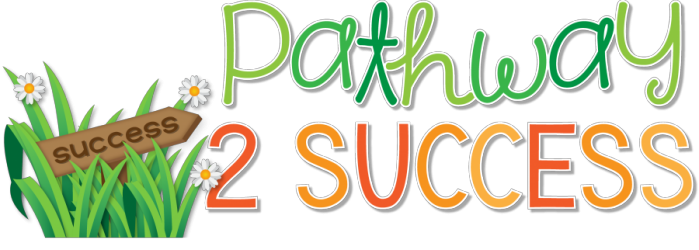
The morning is an important starting point to the day, especially for kids and teens. It’s easy to think of the morning as a time that can set the stage for success. With a few extra mindful minutes each morning, this can transform into a time that helps children and teenagers regulate their emotions, improve their focus, feel confident, and be prepared to meet their goals.
Here are 3 mindful practice to start the day and how you can try them:

Mindful Breathing
Mindful breathing is the practice of thinking about our breath as we inhale and exhale. Some mindful breathing techniques use movement, rhythm, or visualizations. What all of these techniques have in common is that by focusing on our breath, we gain calm, improve focus, and reduce stress.
Starting the day with mindful breathing also allows an important pause in the morning, giving kids time to clear their minds before moving on with other necessary tasks. What’s more important is that it’s a true practice, meaning that we get better at it the more we do it.
To get started, try introducing mindful breathing and explaining its benefits. Then, practice together. Here are some of my favorites:
- Bubble Breathing – This is one of my favorite ways to introduce mindful breathing because we can all imagine what it feels like to blow bubbles. To try it, sit or stand comfortably with muscles relaxed. Slowly breathe in and then breathe out like you are blowing bubbles. You can even add some real bubbles to the mix to make this a more memorable experience as you learn, but you won’t need those every time of course.
- Smell the Flowers – For this exercise, have kids and teens imagine that they have fresh flowers in front of them. Encourage them to close their eyes and visualize the flowers, including what they look like and what they smell like. Then, slowly breathe in to smell the flowers. Hold the breath and slowly breathe out. Continue this a few times.
- Box Breathing – Also known as square breathing, this technique is something that athletes and even U.S. Navy Seals use to combat stress and anxiety. To try it, first make sure all the air is out of your lungs. Sit upright and slowly inhale to the count of 4, hold for 4, and then exhale for 4. Continue this process a few more times.
The limits are endless when it comes to mindful breathing exercises. Read up on some more engaging mindful breathing techniques to try right away.
Positive Affirmations
The words we say to ourselves are the words we believe about ourselves. Positive self-talk is powerful. There is no better confidence-building strategy to start the morning with than some positive affirmations.
Begin by having kids and teens choose their favorite positive affirmations from a list. Write these down and read them silently or aloud each morning. This is a simple morning routine that helps kids and teens start the morning feeling positive, strong, and ready to meet their goals.
Routine is great, but it’s fun to change up the positive affirmation routine too. There are lots of other ways to integrate positive affirmations, such as writing them on sticky notes as reminders and tossing a beach ball around with positive affirmations written right on them.
Practicing Gratitude
Practicing gratitude is intentionally listing some things in life you are grateful for. By taking time to appreciate what we have, we can feel happier, calmer, and more positive overall.
Things we are grateful for don’t all have to be big things, either. They can be small or simple things, like the feeling of the warm sunshine on our face or the smell of a freshly cooked meal.
Here are some strategies for practicing gratitude:
- Daily Gratitude Share – Each morning, have kids and teens identify five things they are grateful for. They can write them out or draw them. Then, share them with the group.
- Gratitude Journal – Keep a gratitude journal for every student. Assign practicing gratitude as the first 5 minutes of the morning.
- Gratitude Jar – Have each student write something they are grateful for on a slip and add it to the jar. At the end of the day or week, you can review the slips.
There are lots more ways to practice gratitude, but those are a few simple and fun ways to get started. Remember that gratitude is a practice. This means we are more likely to see the effects of it the more we do it.
A Mindful Morning Check-In
If you’re looking to integrate some of these practices into your every day, give this mindful morning activity a try. It’s a free digital and printable activity that helps kids and teens use deep breathing, practice gratitude, say positive self-talk statements, and more.
Spend 5 extra minutes each morning practicing a more mindful routine and you might be amazed at the change you see in your learners. Not only will a little mindfulness help bring calm and focus to your students, but it teaches self-regulation for now and in the future.











This is great ! Thank you! I am going to incorporate this into my social skills class .
I love to hear that! Thanks for all you do! -Kris
That’s wonderful! I will save this article in my bookmarks and definitely find a use for it. It’s important to establish good morning habits at a young age. And mindfulness practices are definitely needed.